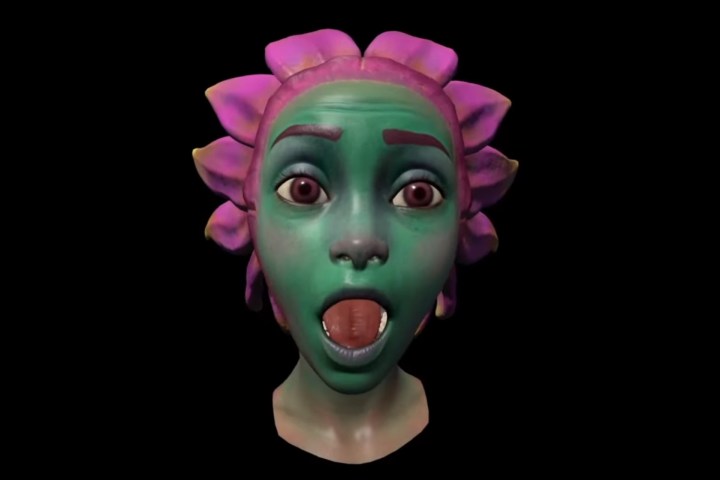
A new face-tracking extension lets Meta Quest Pro users poke their tongues out at you in a wordless statement of their feelings or even blow a raspberry.
How better to express a sweltering day or an exhausting workout? This could be the technology that revolutionizes VR in 2024. Am I being too tongue-in-cheek?
Honestly, it’s a nice option to add to the Quest Pro’s current hand-, eye-, and face-tracking. Meta’s most expensive VR headset allows quite a range of expression already. I can gesture with my hands, blink, wink, move my eyes, and open and close my mouth in various positions. You can’t do that with the new Quest 3.
Tongues were wagging when @0GUzzuqPjUVpY57 broke the news on X (formerly Twitter), along with providing a video demonstration showing two animated avatars alongside a Quest Pro user controlling the action.
Rleased new #VRCFT modules for new #QuestPro v2 facial tracking with support for tongue.
Supports (Air)Link and VD via VDX (when VD adds support) using the ALXR Local module and ALXR clients with the ALXR Remote module
You can download from here https://t.co/F37U2zA8is#VRChat pic.twitter.com/sUmfLaXVpN
— コレヂャン (@0GUzzuqPjUVpY57) December 14, 2023
Since the Quest Pro includes face-tracking, it seems like Meta should have included tongue-tracking, but perhaps felt it would be controversial. HTC makes a Face Tracker accessory to synchronize mouth and tongue movements with an avatar, and it’s compatible with many VR headsets.
Of course, you shouldn’t add more weight and extra expense if you can avoid it. With the new ALXR module from korejan on Github, you can emote with your tongue in compatible PC VR apps and games like VRChat.

The extension reportedly works with Meta’s AirLink and Virtual Desktop via an app called VDX. You can install a tongue-tracking extension as a local module for ALXR or as a remote module if you use ALVR streaming.
If you’re unfamiliar with VRChat and ALXR, you’ll need to do a bit of reading to understand how to use the tongue-tracking extension. In the tweet thread, there’s a link to Reddit for more details about how to get started.
Note that installing this extension won’t add tongues to your Meta avatar and can’t help with the Quest version of VRChat. Also, few games and apps support face-tracking. It’s probably only worth the effort if you are already enjoying face- or body-tracking in VRChat or another social VR app on your PC.



